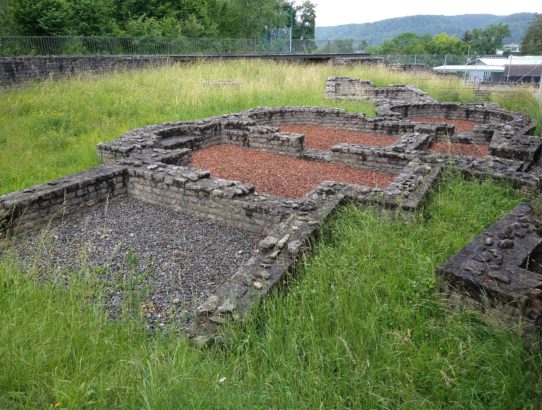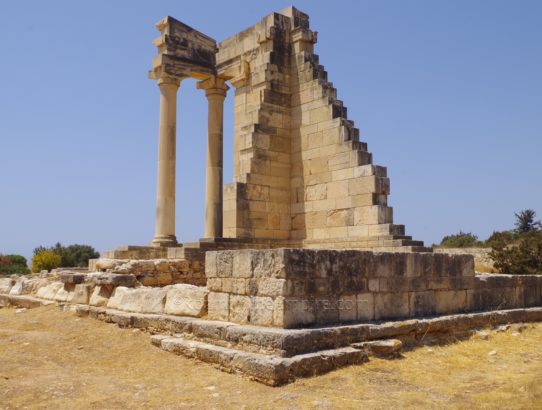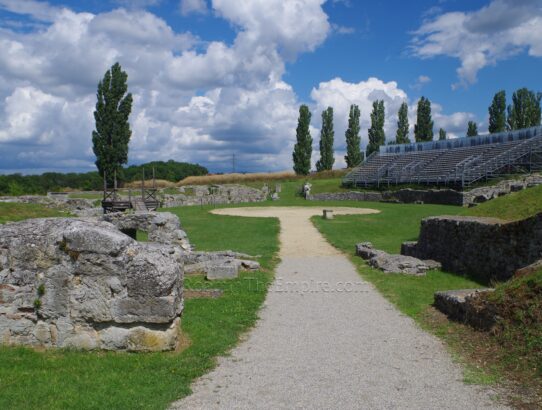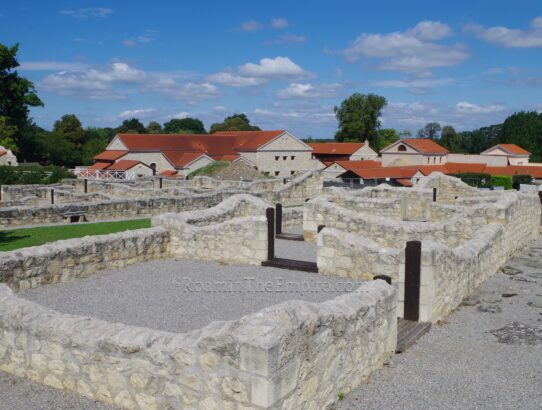Augusta Rauricorum, Germania Superior – Part IV
Continued From Augusta Rauricorum Part III After rounding out the sites of the main town of Augusta Rauricorum, there are a few sites related to the fort, Castrum Rauracense, just a short walk to the north (technically in the next municipality, Kaiseraugst), as well as a few outlying sites related to the town. Directly across…
Read More











